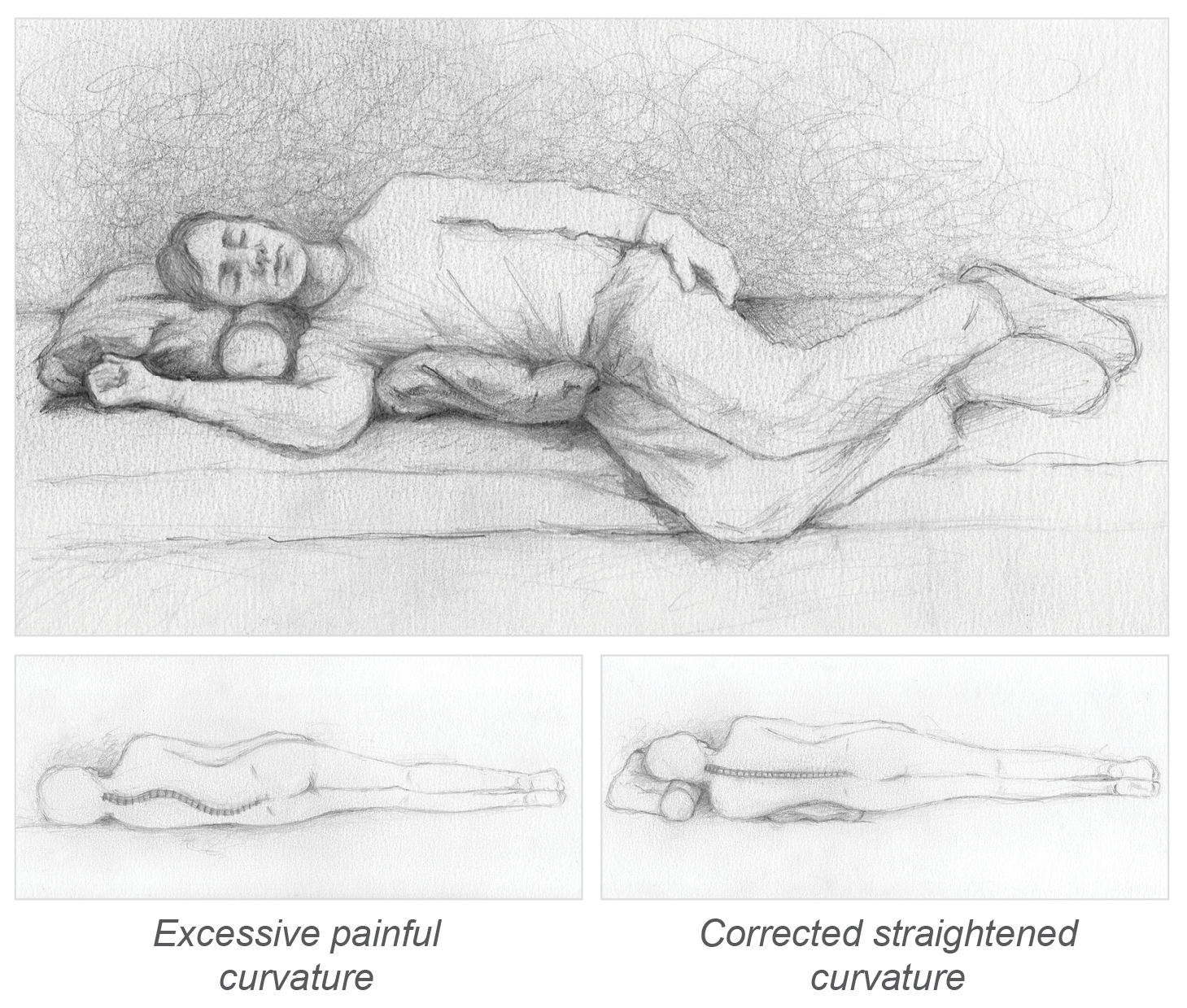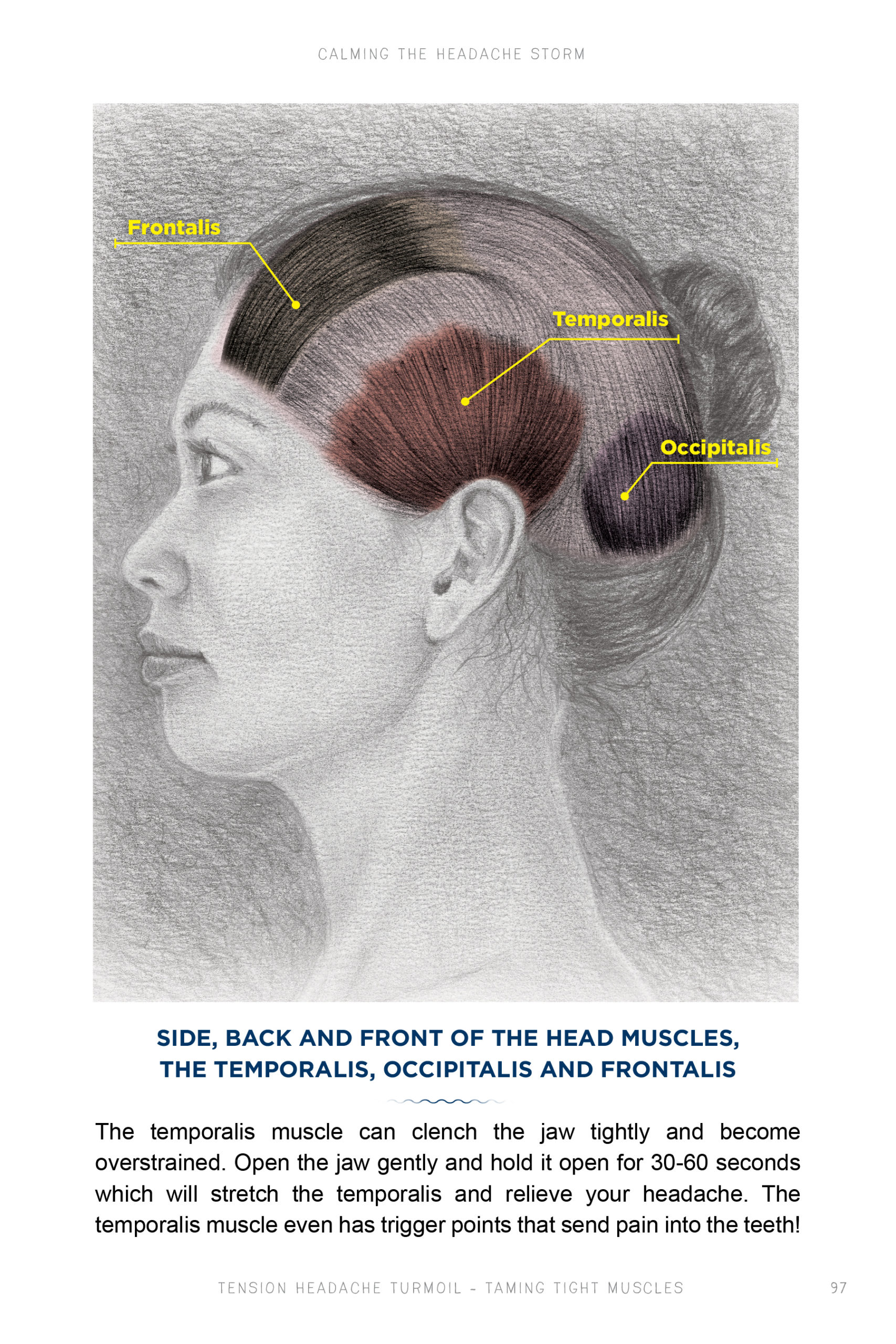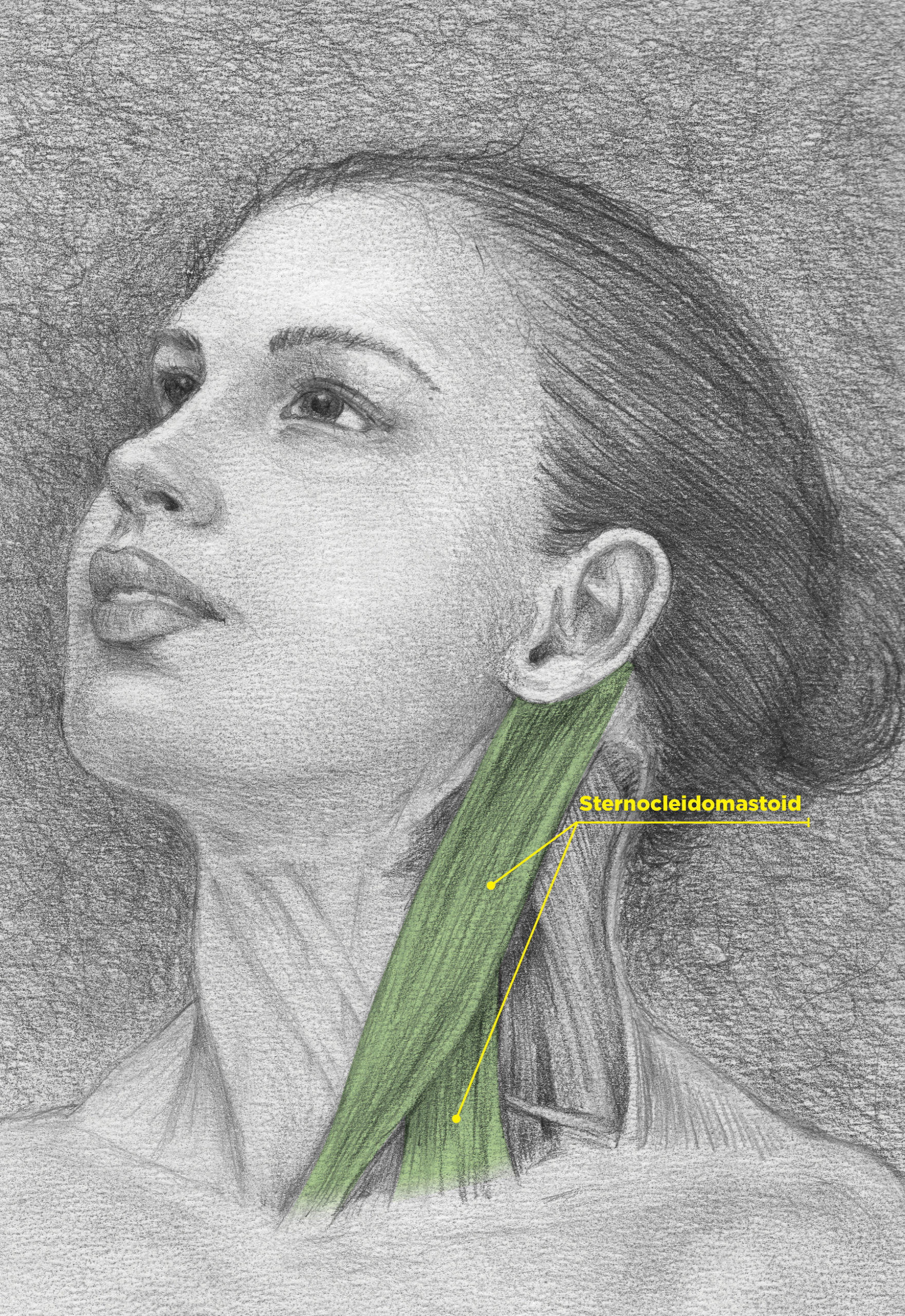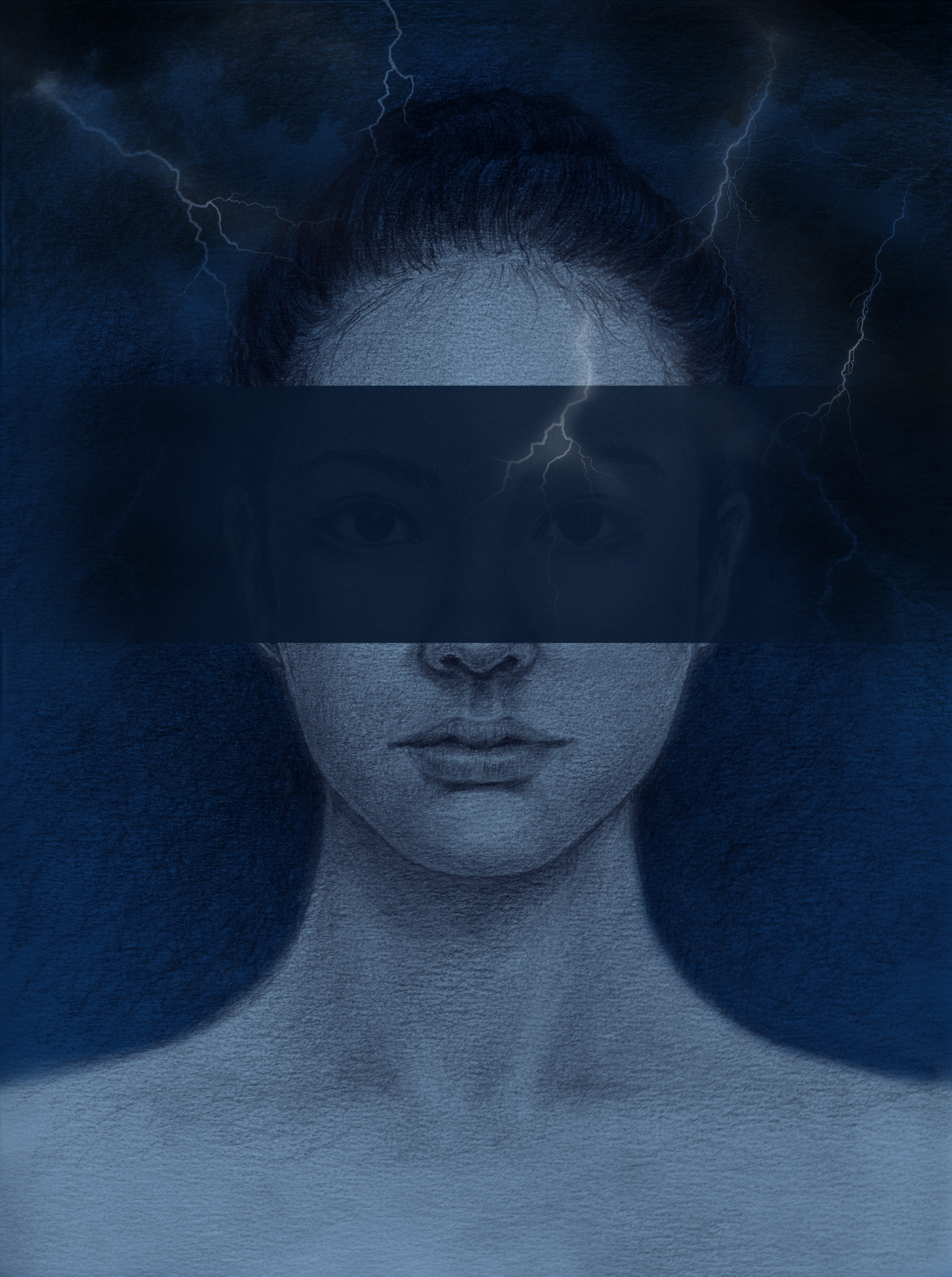Miserable Muscles Number 4 – The Suboccipitals. The Head Holder Muscles.
What Are the Suboccipital Muscles?
The subocciptal muscles are the four muscles in the upper neck, and two of them are connected to your neck and your skull. The suboccipital muscles are small but they have a big effect on your headache. They can project a band of pain all the way from the back of your neck and head forward into your eye socket.
What Do the Suboccipital Muscles Do?
They help to tilt your head back to look upwards and help your neck to turn because they are attached to both your head and neck. Therefore, your head would drop forward more easily if your suboccipital muscles were not there to control the movement.
How Do My Suboccipital Muscles Get Hurt?
You usually will damage your suboccipital muscles in a whiplash injury if you have suffered a car accident. As a result, many of you can date your headache troubles from the time of your car accident.
However, you do not need a car accident or some other traumatic event to start your suboccipital muscles hurting. They can become overloaded from staying in a stretched position for too long. Consequently, your suboccipital muscle tighten up from the slow-motion stress of sitting at a computer for hours a day.
Posture and the Suboccipital Muscles
Tight suboccipital muscles can push your head in front of your trunk into a “forward head” posture. However, proper posture requires you to have your head situated over your trunk, not out in front of it. Unfortunately, the “abnormal” poor posture of the forward head has become so common in our sedentary society that it has become the “normal” posture because so many of us spend most of our time in a slumped position. The research on poor posture and its relationship to headaches is mixed. In the clinic I see many, but by no means all, headaches ease up when people correct their posture. Therefore, stretch out the suboccipital muscles and straighten your posture. As a result of better posture, you can not only lighten your headache loads, but you will look younger. People will notice that you gained several inches in height when you correct your posture.
Posture and the Longus Colli and Longus Capitis Muscles
For every reaction there is an equal and opposite reaction. Because the suboccipital muscles push your head into a forward head position, the muscles that are designed to keep your neck over your trunk are stretched and weakened. The longus colli and longus capitis muscles are the main postural muscles in the front of your neck that can push back against overly tight suboccipitals. Therefore, regain control over these longus colli and capitis muscles, pull your head back into proper postural alignment, and you can frequently decrease your headache.
Research on the Head-Neck Muscle Relationship to Headaches
Gwendolen Jull is a phenomenal researcher who has documented how the muscles in the front of the neck affect headaches. Jull showed how achieving control over these longus colli and longus capitis muscles did reduce headaches. Her method was to have people first lie flat with a blood pressure cuff rolled up behind the neck. Then the person would contract the cuff in gradually increasing increments until a maximal contraction was reached. Finally, the contractions would slowly reduce until they reached baseline. Therefore, if you have a serious headache history, this approach could be the ticket for you.
How Can I Do Posture Exercises in Sitting?
Your suboccipital muscles likely have been tight for a long time. The “chin tuck” exercise repositions the neck over the trunk and consequently will stretch out the suboccipitals. However, they are extremely sensitive muscles, so you need to work them out slowly. As a result, when you strengthen the longus colli and capitis in the front of the neck, you will stretch the suboccipitals in the back of the neck. You should feel a light stretch in the back of the neck. However, you should feel no pain in the back of the neck. Stop immediately if the stretch feels too aggressive because you may have rebound pain later if you do not stop.
Use the following technique to gently increase the endurance and control of the longus colli and capitis and stretch the suboccipital muscles.
-First, position your head into as perfect posture position as you can.
-Secondly, place a theraband or scarf (whichever fits best) behind your head.
-Finally, pull forward with the theraband to engage the neck muscles. You will feel a gentle stretch in the back of your neck. Gentle is the operative word. Do not pull too hard!
Make sure you do not let the head drop forward. Do not look upwards. People commonly make these mistakes. You need to look straight ahead. The neck muscles control the head position and keep the neck upright. Aim for increased control and endurance in these muscles, not just strength.
There are several ways to do this exercise. You can pull the theraband out as you breathe out, and relax the tension on the theraband as you breathe in. You can also simply hold the band in place around your head and then release it after 10-20 seconds. Repeat the holds for two to three times.
Is There Another Way to Activate the Muscles in the Front of the Neck?
If you find the theraband too awkward, try this method. Sit in your highbacked couch with a firm pillow behind your head, and push into it. Breathe out as you contract, breathe in as you relax. You can use a similar technique with a rubber ball.
Take a rubber ball, put it against the wall, and push your head back into it. Hold a neck contraction into the ball for five seconds and repeat 10 times for three sets. Use 60-80% of your maximum muscle contraction force. This method increased neck motion in a 1992 study by Axen et. al. in the Journal of Orthopedic Sports and Physical Therapy.
Do you find it too difficult in these sitting positions? Then lie on your bed or foam roll and put the theraband behind your neck. Do the same pull forward from this flat position. You may have an easier time positioning your neck and head if you are lying flat.
How Could this Technique Work in My Day-to-Day Life?
One lady I worked with had been suffering from headaches for a long time. She loved to go to the movies but hated that her headaches interfered with her enjoyment of the movies. Unfortunately, she would inevitably sink into poor posture in the movie theatre seats which would increase her headaches. Her headaches were also triggered by the bright light of the screen. She developed an elegant solution. She took her blue theraband to the movie theatre, sat in the back row, and did the chin tuck exercise by pushing her head back into the theraband. As a result, her headaches were well-controlled which allowed her to enjoy the movies. She informed me that her light sensitivity decreased and her suboccipital muscles stayed looser. She told me people around her in the back rows thought her exercise looked “pretty cool.”
The beauty of these techniques is that you can find out with a few minutes if your headache will respond to them. Check with your local physical therapist, get some good coaching, and you can get some very practical headache relief methods.
-You understand that if not done properly, some techniques and exercises described in this blog could harm you. Any activities you perform are at your own risk, and you expressly agree to waive any claims against the author for any harm that may arise from your own actions. By reading this blog and conducting these exercises, you accept this risk. This blog provides content related to physical and/or mental health issues. As such, your use of techniques described acts as your acceptance of this disclaimer. Consult Chapter 2 in my book, “Calming the Headache Storm” to make sure the headache is not the sign of a more serious problem. The techniques, advice and strategies contained in this blog may not be suitable for every individual and should be abandoned if your headache increases. Seek the advice of your physician.







